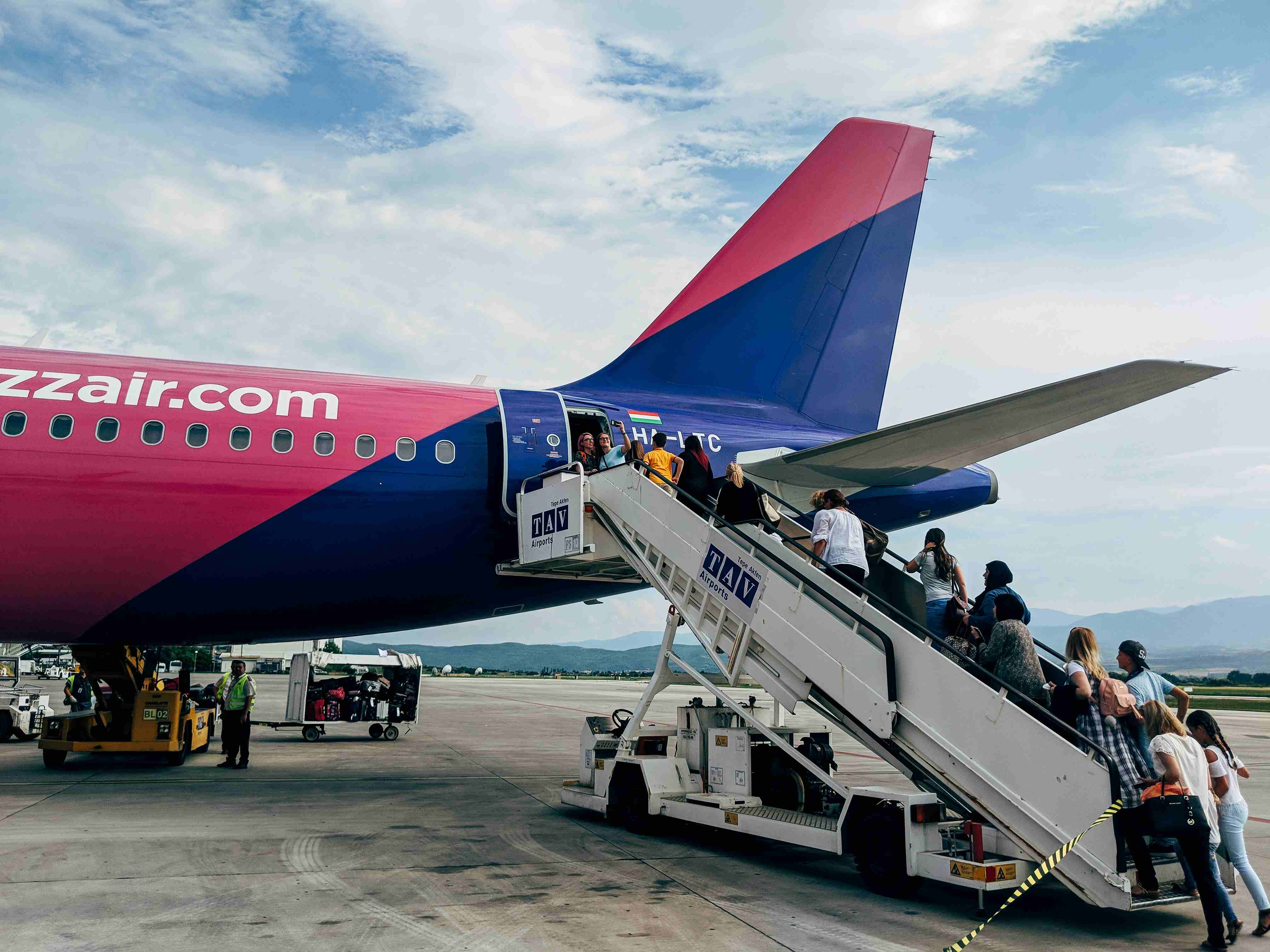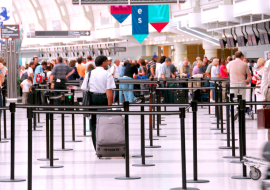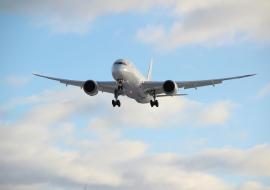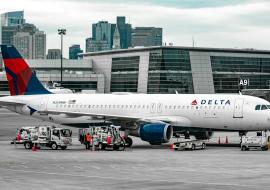Low Cost Airlines Market to Reach $440.5 Billion by 2030

Rise in economic activity, ease of travel, growth of travel & tourism industry, urbanization, changes in lifestyle, consumer preference for low cost service, and high internet penetration drive the growth of the global low cost airlines market.
However, factors such as volatile crude oil price and increase in terrorism & crime rate, political uncertainty, & natural calamities hinder the market growth. On the other hand, sustainable airport governance, operational & financial improvement present new opportunities in the coming years.
The outbreak of the COVID-19 pandemic has had a negative impact on the growth of the global low cost airlines market, owing to implementation of lockdown coupled with travel restrictions, especially in the initial period.
Also, in order to maintain the social distancing norms, people have traveled less during the pandemic. However, the market is going to recover soon in 2022.
Based on distribution channels, the online segment held the highest market share in 2020, accounting for 85% of the global low cost airlines market, and is estimated to maintain its leadership status throughout the forecast period.
Moreover, the same segment is projected to manifest the highest CAGR of 15.4% from 2021 to 2030.
Large-scale internet penetration and availability of a myriad of sites for online booking sites are some of the major reasons for growth of online travel booking. Other benefits of online booking are easy availability as well as it reduces time as compared to other ticketing booking methods. Moreover, online sales channels have increased the customers' reach owing to which has expanded the market.
Based on destination, the domestic segment accounted for the largest share in 2020, contributing to nearly three-fourths of the global low cost airlines market, and is projected to maintain its lead position during the forecast period.
This is because a majority of customers belonging to the middle class prefer domestic traveling for vacations, as it is a more cost effective form of taking a vacation. However, the international segment is expected to portray the largest CAGR of 15.7% from 2021 to 2030. Increase in disposable income and promotion of a traveling lifestyle perpetrated by social media are leading to a greater spending on international vacations, which in turn, drives the segment.
Based on region, Asia-Pacific, followed by Europe & North America, held the highest market share in terms of revenue by 2020, accounting for more than two-fifths of the global low cost airlines market. Moreover, the same region is expected to witness the fastest CAGR of 16.8% during the forecast period. This is because the region is not very prone to taking vacations and holidays very frequently.














